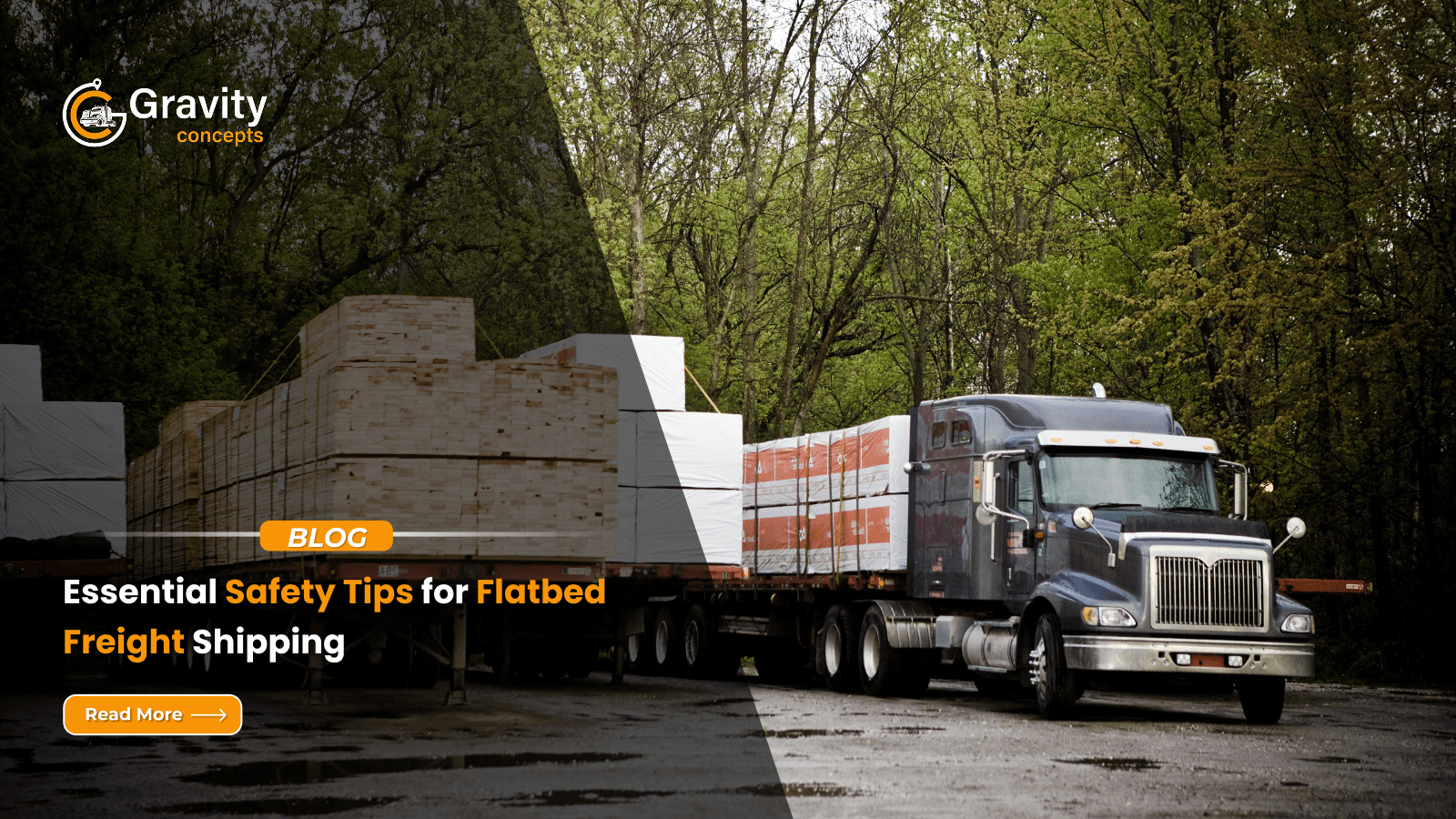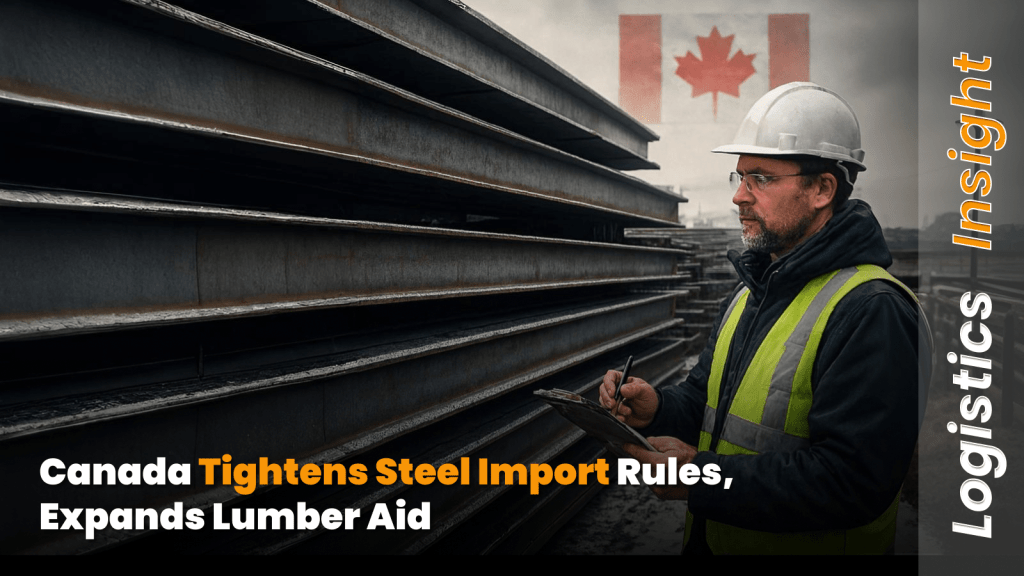
Essential Safety Tips For Flatbed Freight Shipping
Flatbed freight shipping is a backbone of logistics when it comes to moving oversized, irregularly shaped, or heavy cargo that won’t fit in traditional enclosed trailers. From construction materials and machinery to steel coils and lumber, flatbeds carry it all — but with the open-deck design comes added responsibility. Without proper handling and securement, loads can shift, fall, or become hazardous, putting drivers and other road users at risk.
Whether you’re a shipper, driver, or logistics manager, these essential safety tips will help you transport flatbed freight securely and stay compliant with regulations.
1. Mastering Cargo Securement Techniques
One of the leading causes of flatbed-related accidents is improper or insufficient cargo securement. Here’s how to do it right:
- Use the Right Restraints: Match the equipment (like chains, straps, or binders) to the cargo’s weight and type. For example, a steel beam might require heavy-duty chains, while lumber might be secured with nylon straps.
- Distribute Weight Evenly: Uneven weight distribution can destabilize the vehicle, increasing the chance of rollover accidents — especially on turns or uneven roads.
- Inspect for Load Shifting: During transit, make scheduled stops to check and re-tighten restraints. Cargo can shift over time, particularly on long hauls.
- Avoid Over-tightening: While securing the load tightly is important, excessive tension can cause straps to snap or damage fragile cargo like pipes or crates.
Example: A driver transporting concrete pipes on a flatbed used extra ratchet straps and edge protectors to prevent wear on the cargo — avoiding both damage and fines for improper securement.
2. Choosing the Right Flatbed Equipment
The type of trailer used can significantly impact safety and efficiency. Different equipment is designed for different cargo needs:
- Standard Flatbed Trailers: Great for most large and heavy items that don’t need enclosure.
- Step Deck & Double Drop Trailers: Designed for tall cargo that would otherwise exceed height limits on standard flatbeds.
- Conestoga Trailers: Combine the accessibility of flatbeds with the protection of enclosed trailers, ideal for weather-sensitive goods.
- RGN (Removable Gooseneck) Trailers: Best for transporting heavy equipment like excavators or tractors. Their low height and detachable front make loading safer and easier.
Example: A construction company shipping a large excavator used an RGN trailer to avoid lifting the load, reducing the risk of accidents during loading.
3. Adapting to Weather Conditions
Open-deck freight is directly exposed to the elements, so weather plays a critical role in flatbed safety:
- Use Heavy-Duty Tarps and Covers: Especially for items like steel, machinery, or electrical components that can rust or degrade when wet.
- Monitor Weather in Advance: Plan your route around extreme weather zones when possible.
- Reduce Speed in High Winds: Flatbed loads can catch wind like a sail, affecting stability.
- Secure Loose Items: Smaller tools or equipment can become airborne hazards if not properly tied down.
Example: A driver carrying insulation boards checked wind forecasts and added extra tie-downs to prevent the boards from catching the wind and flying off mid-trip.
4. Staying Compliant with Flatbed Safety Regulations
Flatbed trucking is governed by federal and state-level rules to ensure safety on the road:
- DOT Load Securement Standards: Follow FMCSA guidelines, including the use of a minimum number of tie-downs based on the length and weight of the cargo.
- Know Your Limits: Ensure the load’s weight, height, width, and length meet legal limits. Oversized or overweight loads often require special permits.
- Driver Training: Every flatbed driver should be trained in securement procedures, emergency responses, and load distribution.
- Routine Audits: Conduct periodic safety checks on equipment, logs, and training records to maintain compliance and avoid penalties.
5. Best Practices for Loading and Unloading
Loading and unloading might seem like straightforward tasks — but they’re among the most accident-prone phases of flatbed freight handling.
- Use Proper Lifting Techniques: Protect workers from injury by training them on safe lifting and team lifting when needed.
- Choose the Right Equipment: Forklifts, cranes, or ramps should match the cargo type to prevent mishaps.
- Clear the Work Area: Maintain a clutter-free environment to minimize tripping or collision hazards.
- Involve Trained Personnel: Loading should never be a one-man job. A coordinated team with experience ensures both speed and safety.
Example: While unloading industrial cable reels, a trained crew used a forklift with proper attachments and communicated via two-way radios to avoid missteps in tight warehouse space.
Final Thoughts: Safety Isn’t Optional — It’s Essential
Flatbed freight shipping demands extra vigilance, but with the right techniques and precautions, it’s a highly effective way to transport a wide range of goods. From securement and equipment selection to weather awareness and compliance, every step plays a vital role in protecting your cargo and everyone on the road.
Partnering with a reliable and experienced flatbed trucking company like Gravity Concepts ensures your freight is handled with precision, care, and full regulatory compliance. Whether you’re moving construction gear, manufacturing equipment, or oversized cargo, we help deliver safety and performance every mile of the way.



